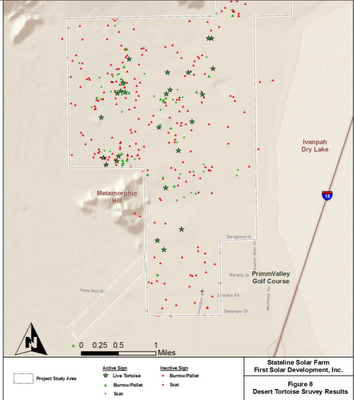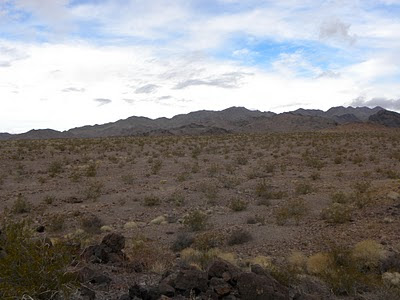A Riddle for the New Year
What is the difference between a hydropower dam that submerges vast swaths of public land to feed our energy needs, and several massive utility-scale solar energy facilities that fragment pristine desert habitat? Both count as "renewable energy" They will both require costly and destructive transmission lines They drive endangered species closer to extinction and upset the health of entire ecosystems Utility-scale solar and wind power facilities are not the "guilt free" answers to global warming. The blessing of solar and wind is that it is scalable--we can put solar panels and wind turbines in our back yard, in the middle of cities, and on rooftops. Until we realize this potential, we are stuck in the same destructive energy paradigm that brought us the Glen Canyon Dam, dwindling fish stocks, and submerged wilderness. But this time the the bulls-eye will be on the Mojave Desert as bulldozers make way for fields of mirrors and solar panels. This is not the...








